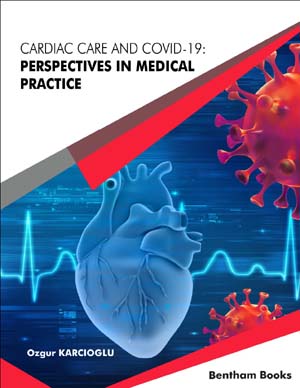Abstract
The term hypertension (HT) is a chronic condition that leads to damage to target organs if untreated expediently. On the other hand, a hypertensive emergency refers to an acute elevation in blood pressure (BP) with evidence of end-organ injury, while hypertensive urgency defines acute BP elevation without progressive target organ dysfunction. Hypertensive emergencies comprise pulmonary edema/left ventricular failure, coronary syndromes, neurological deficits/intracranial hemorrhage, acute kidney injury, retinal hemorrhages, dissecting aortic aneurysm, and eclampsia.
The BP needs to be decreased expediently in the management of hypertensive emergencies. In the rest of the cases, the BP should be reduced in a gradual manner to preclude dangerously reduced cerebral perfusion pressure.
HT is also linked to COVID-19 as a comorbidity linked to a severe clinical course of the infection. On the other hand, dissecting aortic aneurysm (DAA) is most commonly seen after the age of 50 in hypertensive men who smoke. Most emergent aortic diseases appear to be a complication of HT and represents a major threat to public health. Clinicians should be alerted to recognize untreated patient with HT and aortic catastrophes in the emergency setting and primary care institutions.
Keywords: Aortic aneurysm, Aortic diseases, Aortic dissection, Hypertensive emergency, Hypertensive urgency.






















